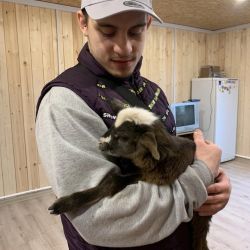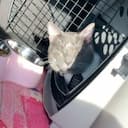Origins and Temperament
The Pekingese breed, a symbol of ancient Chinese nobility, heralds from the lap of luxury—sitting at the feet of emperors and empresses in the imperial palaces. Historically, these dogs have been revered for their lion-like appearance, reflecting bravery and dignity. Pekingese are known for their affectionate and loyal temperament, though they can exhibit a strong-willed streak, characteristic of their noble lineage. When traveling, consider their sensitivity to stress and the need for a calm, protective environment to mirror the serenity of their ancestral imperial courts.
Size and Physical Needs
Pekingese are petite, ranging from 7 to 14 pounds, with a distinctive flat face and a profuse mane of hair surrounding their necks. Their compact size belies their daily activity needs, which includes moderate exercise to maintain a healthy weight and mood. Special accommodations during transport must consider their brachycephalic (short-snout) structure, which can make temperature regulation and breathing problematic. A cool, well-ventilated setting is paramount for a Pekingese's well-being on the road.
Common Health Considerations
Pekingese can be predisposed to certain health conditions, such as brachycephalic syndrome, eye injuries due to their prominent eyes, and heart problems. While preparing for transport, ensure that all health documents, including vaccination records and certificates, are up to date and easily accessible. Preventative measures include a secure carrier, avoiding extreme temperature exposure, and careful handling to prevent injury.
















